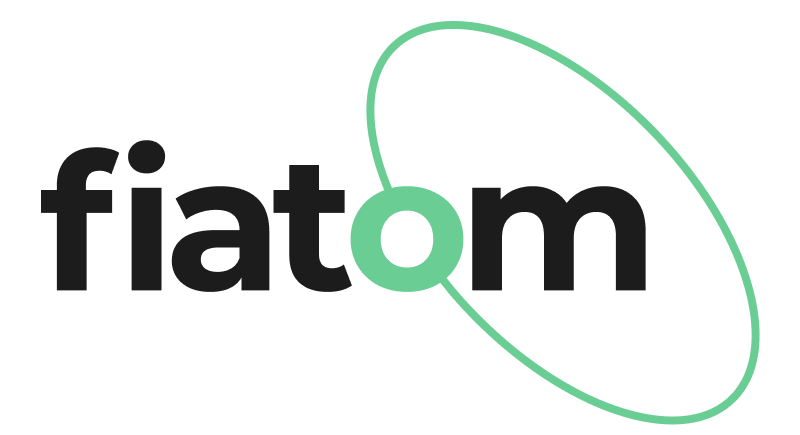The cryptocurrency industry is developing rapidly but is still not as closely connected to the fiat money world as crypto enthusiasts would like. As a result, questions about how to buy crypto with fiat and how to convert crypto into real money are becoming increasingly common.
Safety Tips
Cryptocurrency scams are now among the riskiest types of cons in the U.S., with fraudsters often cheating their victims out of thousands of dollars, according to the Better Business Bureau. Here are some safety tips to protect yourself:
- Check for Strong Security Measures: Ensure the platform uses robust security protocols.
- Beware of Impostors: Always verify the authenticity of links and emails before clicking.
- Enable Two-Factor Authentication (2FA): This adds an extra layer of security.
- Use Cold Storage: For significant amounts of cryptocurrency, consider using cold storage.
- Check Platform Reputation: Look for reviews and ratings from other users, trusted sources, and expert reviews.
Costs
Compare transaction, deposit, and withdrawal fees across different platforms. Pay close attention to the fees for processing fiat money, as these can sometimes be higher than other fees associated with cryptocurrencies.
The final price will consist of different types fees:
- Trading Fees
- Withdrawal Fees
- Deposit Fees
- Network Fees
- Conversion Fees
- Margin Trading Fee, etc.
Understanding of monetisation in each platform can be tricky. To save time, use aggregators like Fiaton.io to find the best place to buy cryptocurrency.
KYC
Despite the decentralized nature of cryptocurrencies, converting them into fiat often involves navigating various regulations, including sanctions, anti-money laundering, and anti-terrorism laws. Even an email registered in an unsupported jurisdiction can cause problems. Ensure the platform complies with local regulations and has the necessary licenses.
Typical Procedure of KYC (Know Your Customer) can be divided into two parts:
- Standard procedure will involve some or all of this information:
Submission of Personal Information: the user provides full name, date of birth, nationality, and residential address, email address and/or phone number.
Identity Verification: the user is required to upload a copy of a government-issued identification document, such as a passport, driver’s license, or national ID card. To verify the identity further, the user may need to submit a selfie or a live photo holding the ID document next to their face.
- There are situations where platforms may require increased control.
Proof of Address: the user must provide a document that verifies their residential address. These documents should be dated within the last 3-6 months. It can be a utility bill, bank statement, or rental agreement.
Source of Funds: Users might be asked to declare the source of their funds to comply with anti-money laundering regulations. This could include employment details, bank statements, or other income sources.
At last, the platform’s compliance team reviews the provided information and documents. This process can take anywhere from a few minutes to several days. By following this typical KYC procedure, platforms can ensure compliance with legal requirements, prevent fraud, and maintain the integrity of the financial system.
Local Payment Methods
Confirm that the service supports your preferred payment methods, such as credit cards or bank transfers, and that it is available in your region.
Payment methods for purchasing cryptocurrency vary by country and can include a range of options from traditional bank transfers to newer digital payment solutions. Here’s a summary of the commonly accepted payment methods in the mentioned countries:
User Care
Choose a platform with an intuitive and easy-to-navigate interface. While the exchange platforms with the cheapest fees might not always be user-friendly for beginners. Even experienced users can find some platforms challenging. Reliable and accessible customer support is crucial for quickly resolving any issues that may arise.
Transaction Speed
Large services often provide higher liquidity, ensuring better prices and quicker transactions. Consider the transaction and processing times for both buying and withdrawing crypto.
Typical transaction times for the most common payment methods:
- Bank Transfers: 1-2 business days
- Credit/Debit Cards: Instant to a few hours
- Digital wallets: Instant
- Wire Transfers: 1-2 business days
- Crypto ATMs: Instant
By keeping these factors in mind, you can choose the best service to buy cryptocurrency with fiat safely and efficiently.

